January 8, 2023
Why Restoration of the Lower Snake River is Necessary to Save Wild Salmon
It’s time for the four dams on the Lower Snake River to go and for our salmon to come home — to a free-flowing and healthy Snake River.
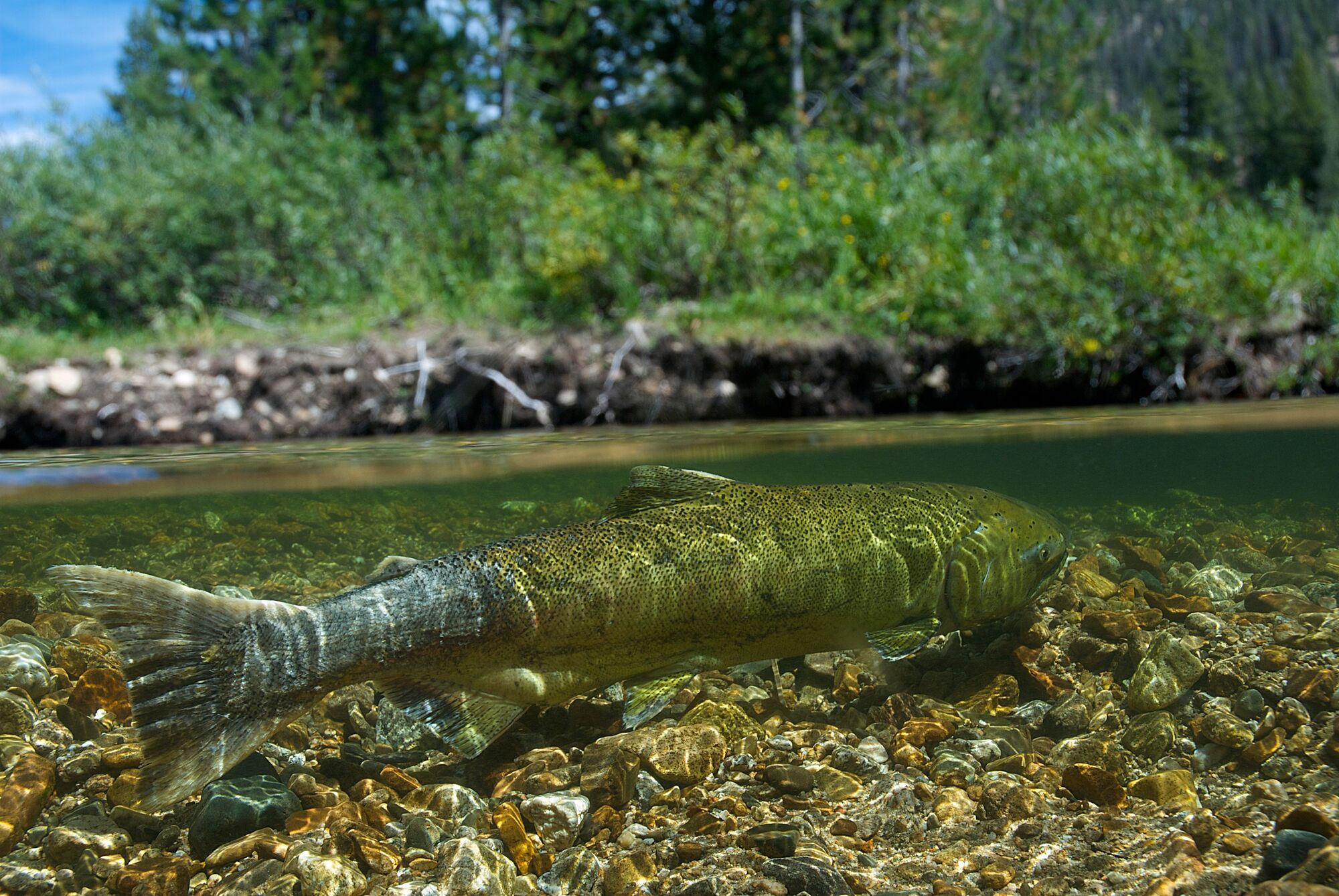
The Columbia River Basin was once among the greatest salmon-producing river systems in the world.
But all remaining salmon on its largest tributary, the Snake River, are facing extinction.
Four aging dams in Washington block passage along the lower Snake River, a major migration corridor linking pristine cold water streams in central Idaho to the mighty Columbia River and out to the Pacific Ocean.
Now, the operation of those four dams — Ice Harbor, Little Goose, Lower Monumental, Lower Granite — is under reconsideration. Scientists say restoring the lower Snake River by taking out the dams is the single best thing we can do to save the salmon.
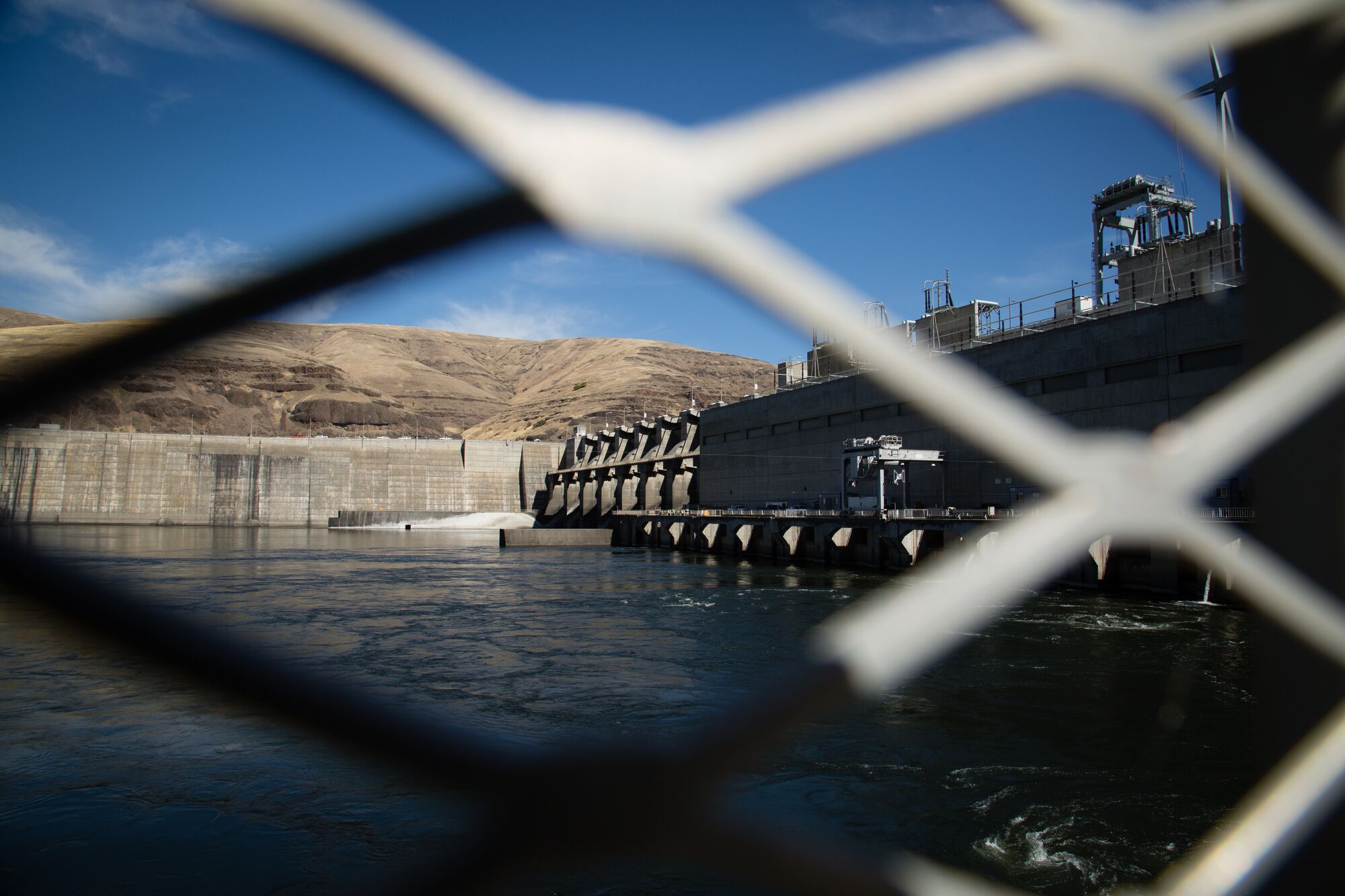
A Long Legal Fight for the River
Over the past 25 years, conservation and fishing groups have gone to court challenging federal agency hydropower systems operation plans that failed to protect threatened and endangered salmon in the Columbia River basin. During that time, three different federal judges declared five different federal plans illegal.
The most recent court decision, issued May 4, 2016, by Judge Michael H. Simon, rejected the foundation for prior salmon plans. Significantly, it dismantled the paradigm of trying to restore endangered Snake River salmon without considering major modification or removal of some dams.
Of federal salmon recovery undertakings in the Columbia Basin thus far, the Court said,
“These efforts have already cost billions of dollars, yet they are failing.”
Some $15 billion has been spent. Not one species has recovered.
The court granted the agencies five years to draft a new plan and change course. It gave them a unique opportunity to get it right: to save wild salmon by restoring the lower Snake River and removing four dams there, along with other actions and investments that would move the Northwest toward a cleaner energy future and restore the prosperity of fishers and farmers.
When it came time to release their plan, however, the agencies once again dropped the ball. They opted to stick with status quo dam operations, without considering the opportunities and benefits a restored river would bring to the Northwest.
Even though the agencies concede that removing the four lower Snake River dams is the single best action we can take to help recover endangered salmon, they wrongly claim that it would be too expensive. That conclusion relies on outdated information that is no longer relevant to today’s reality.
Why is it different this time?
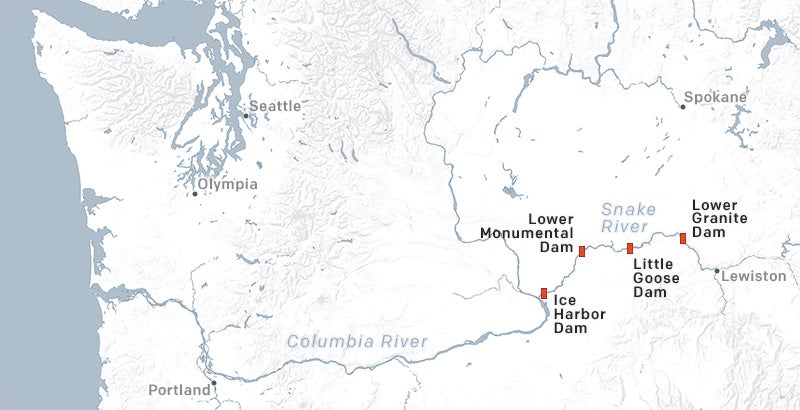
1. The Northwest can replace energy generated by the four lower Snake River dams at a nominal cost to ratepayers.
Since 2000, the Northwest electric grid has changed dramatically.

We now have two and one-half times as much new, renewable energy generation up and running in the Pacific Northwest as all four Lower Snake River dams produce in a year — 2,500 average megawatts (aMW) versus 1,000 aMW, respectively.
And we have achieved energy savings many times the production of these dams through conservation and efficiency.
These changes have put the Northwest’s largest power marketer, the Bonneville Power Administration (BPA), in an urgent financial bind. Its costs are going up, cash reserves are dwindling, lucrative California markets for excess power that helped keep Northwest rates low have vanished, and its customers are worried about rising rates for BPA power just when it needs to negotiate new long-term power sales contracts.
The Northwest Power and Conservation Council has concluded that the Northwest has an electrical generation surplus and can meet expected increases in demand through at least 2030 with energy efficiency and planned new renewable energy.
In fact, new renewable energy projects in the final stages of permitting and approval in the Northwest alone exceed the power generated by these four dams.
Even as capacity from new renewables expands, the electric grid is evolving, and we’re becoming smarter about how we generate, consume, and manage electricity. Replacing the power from these dams with carbon-free, salmon-friendly, renewable energy is both technically feasible and cost-effective.
Further, an independent study showed that a mixed portfolio of clean energy from wind and solar could replace the energy the dams produce, with energy savings at little additional cost to ratepayers — as low as $1.25/month.
The future of clean power and the challenges facing BPA are a unique opportunity to solve two critical regional problems at once — restoring the lower Snake River to bring back salmon, and charting a new course for BPA that captures new energy market opportunities while replacing the lower Snake River dams with renewable, clean energy.
Close Section
2. The four Lower Snake River dams are money losers for both tax- and bill-payers.
Today, American taxpayers and Northwest bill-payers that support the operation and maintenance of these dams get back less than 50¢ for every dollar they invest in them.
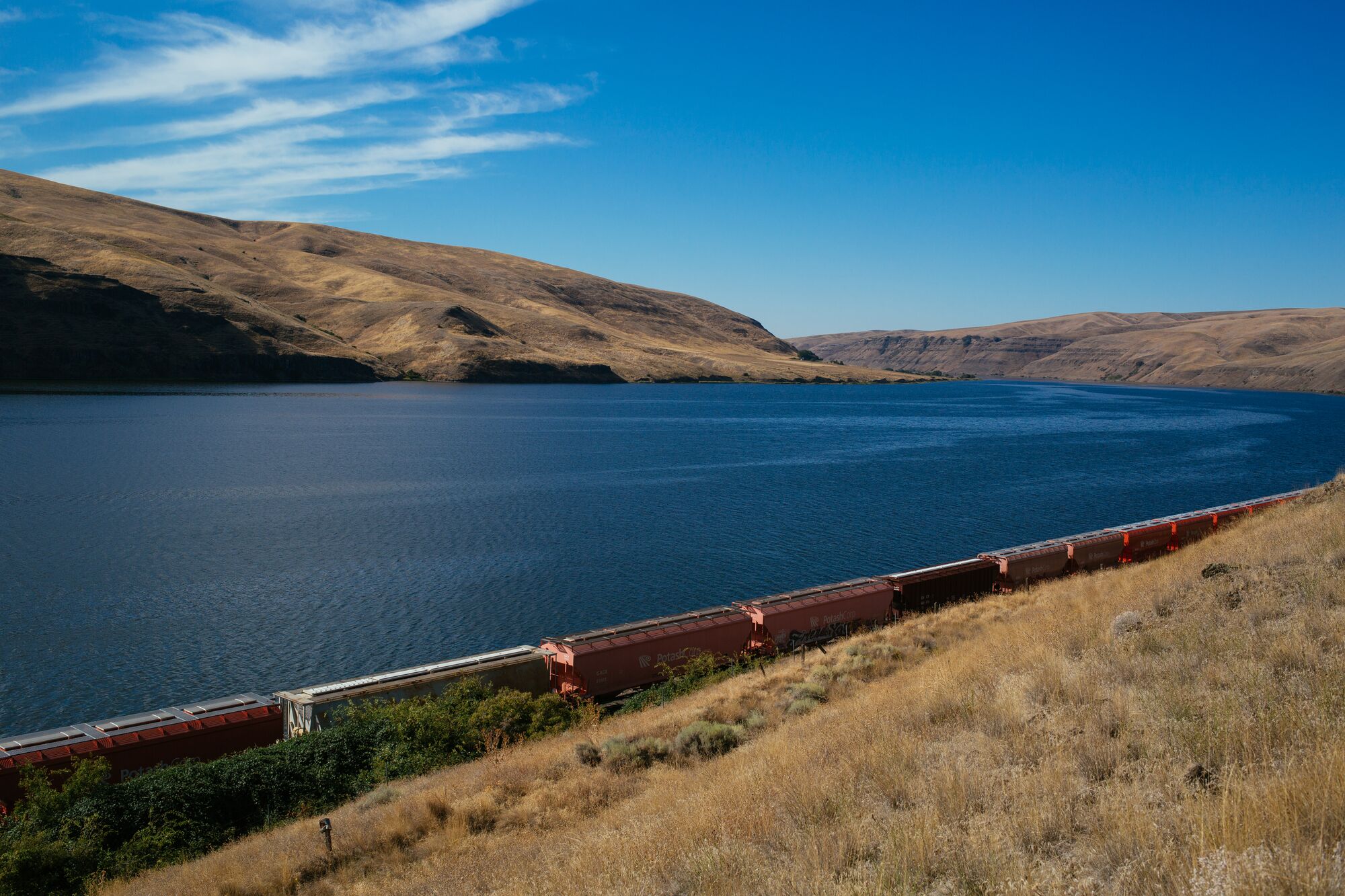
Since 2000, use of the lower Snake River to transport goods by barge has declined by more than 70%, while the costs of maintaining the aging infrastructure of the Lower Snake River dams has skyrocketed and will continue to climb, costing hundreds of millions of dollars as more and more parts of these dams need to be replaced.
Shippers on the lower Snake River navigation system pay only 15¢ for every dollar spent on this system — a huge tax- and bill-payer subsidy.
For years, shippers have increasingly turned to rail to transport goods to market because it delivers them more quickly and efficiently.
By continuing to expand our rail networks, we can keep our Inland Empire farm communities healthy and growing, without destroying the remaining salmon.
Close Section
3. We have proof that restoring rivers recovers salmon.
Since 2000, our experience with dam removal has grown many-fold. The main lesson is: dam removal works.
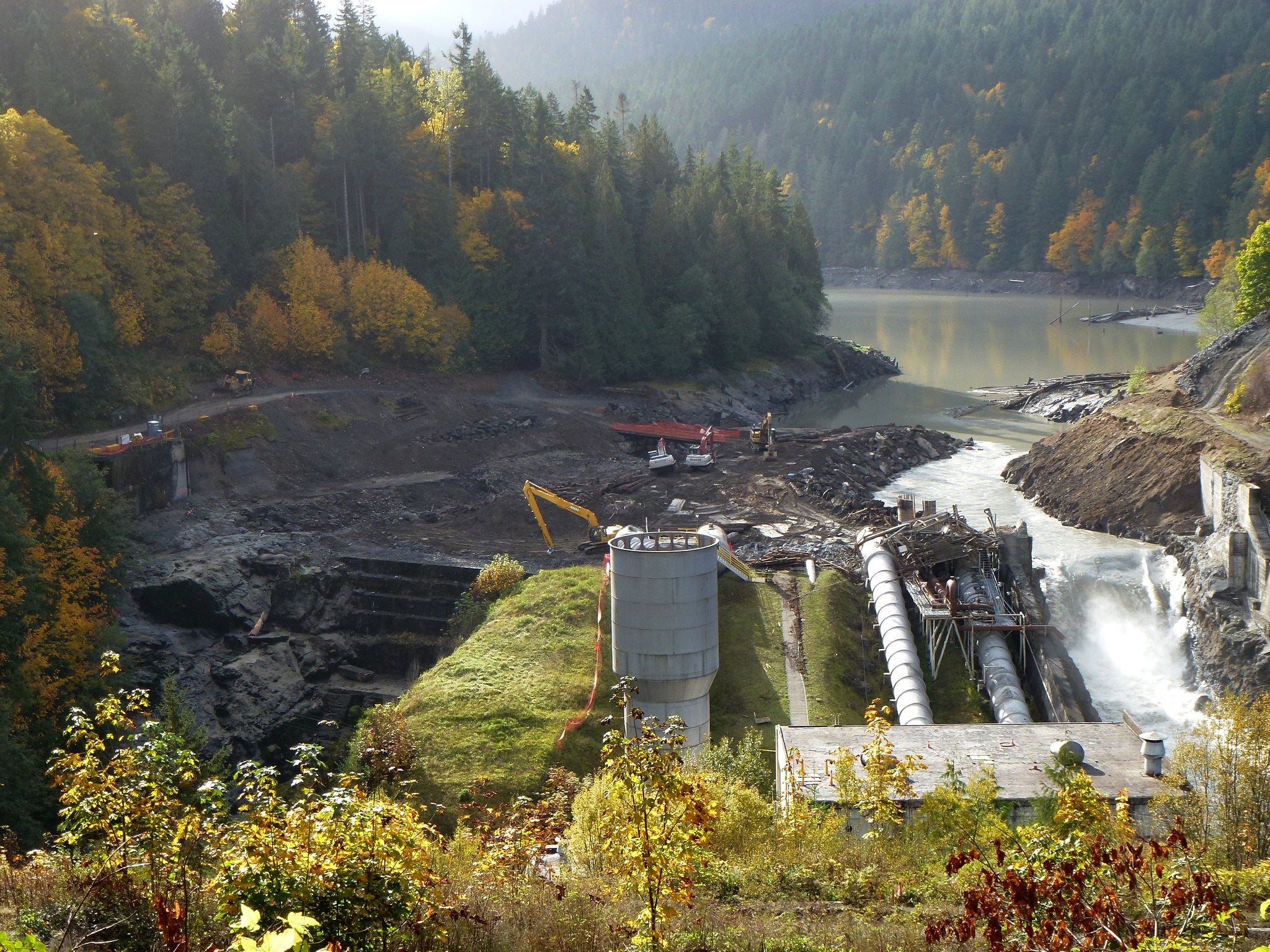
From small dams like Savage Rapids on the Rogue River, to larger dams on the White Salmon and Sandy Rivers, to massive dams like those on the Elwha, we have learned a great deal both about how to remove dams and what happens once we do.
It restores rivers and it brings fish back — faster and more successfully than even the scientists anticipated.
To be sure, dam removal requires careful technical planning, but removing the four dams on the Lower Snake River is no longer unprecedented. It is a proven way to restore a river.
With proper planning, we can accomplish something truly extraordinary — the restoration of over 140 miles of a free-flowing Snake River, opening up access to many thousands of miles of pristine salmon spawning habitat and rebuilding healthy populations of wild Snake River salmon and steelhead.
Close Section
4. We now have a clear understanding of the potentially catastrophic effects of warming on our remaining salmon.
Removing the four dams will open up passage for the salmon to the pristine, cold water streams of the northern Rockies.
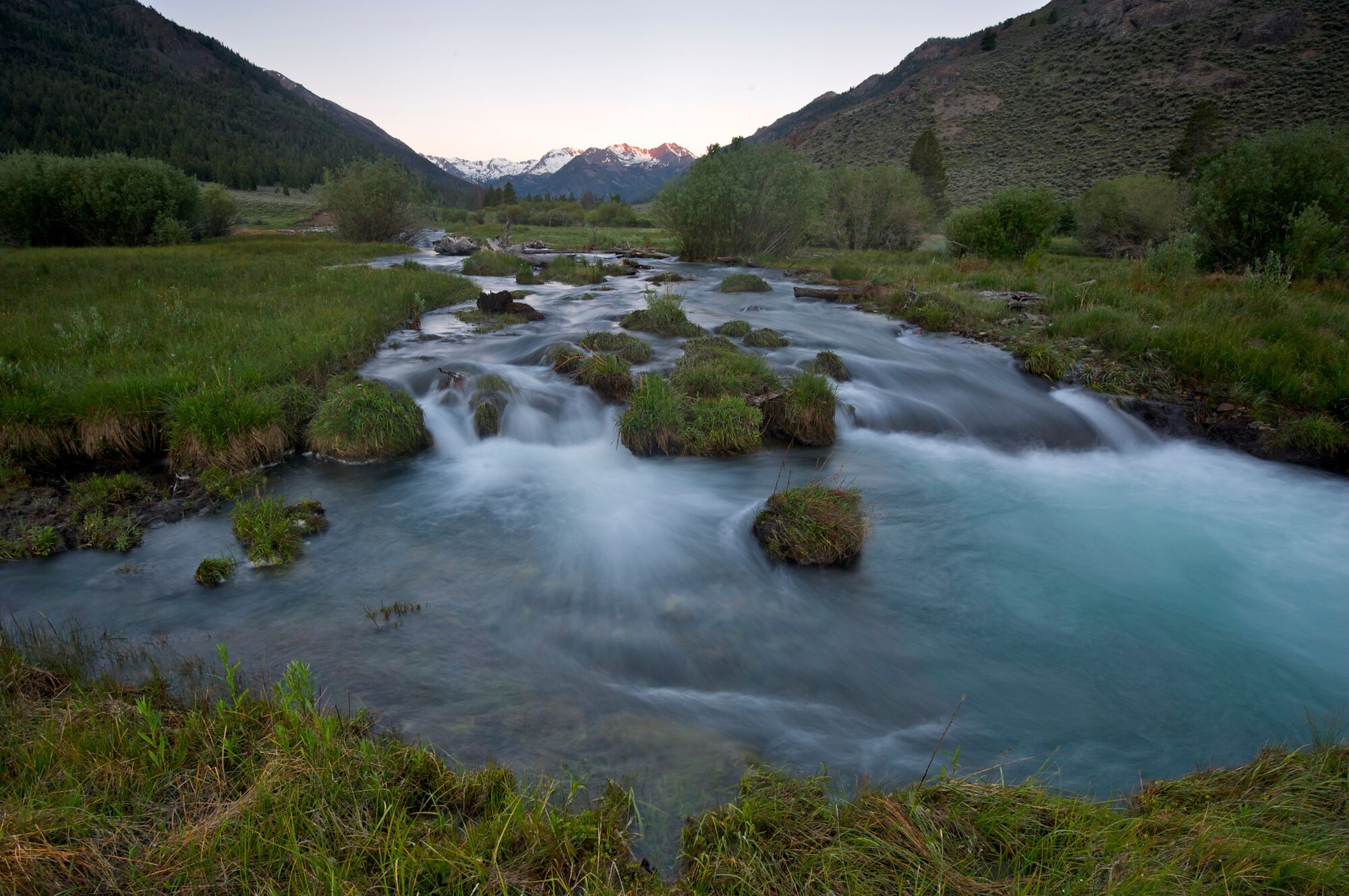
Since 2000, our scientific understanding of the effects of climate change on salmon has advanced tremendously. These effects are not abstract or speculative.
In 2015, some of the earliest and hottest weather on record produced warm river temperatures that killed more than 90% of all adult sockeye salmon returning to the Columbia Basin. In years since, state agencies have had to limit or cancel entire fishing seasons to protect the dwindling fish.
For the most endangered species, Snake River sockeye — which already are at dangerously low levels — only a few dozen adults returned to their spawning grounds in Idaho out of more than 500,000 baby sockeye that left to migrate downstream a few years earlier. That’s a return rate of 1⁄100 of 1%! As the climate warms, the salmon disaster of 2015 is likely to occur again unless we make significant changes in dam and river operations.
And the Court has told the federal agencies in the clearest terms that they need to build climate resilience into their plan for protecting salmon — including specific mitigation actions:
“NOAA Fisheries’ analysis does not apply the best available science, overlooks important aspects of the problem, and fails properly to analyze the effects of climate change … ”
The federal agencies must now address the effects of climate change on salmon survival and recovery.
One of the most effective steps is to restore a free-flowing Lower Snake River so adults and baby salmon can move more quickly through this crucial stretch of river that currently consists of four lethally warm slackwater reservoirs — and four salmon-killing dams.
Close Section
5. Our endangered Southern Resident orcas depend on Columbia Basin chinook salmon.
Since 2000, scientific understanding of the food sources on which Puget Sound orcas depend has greatly increased.
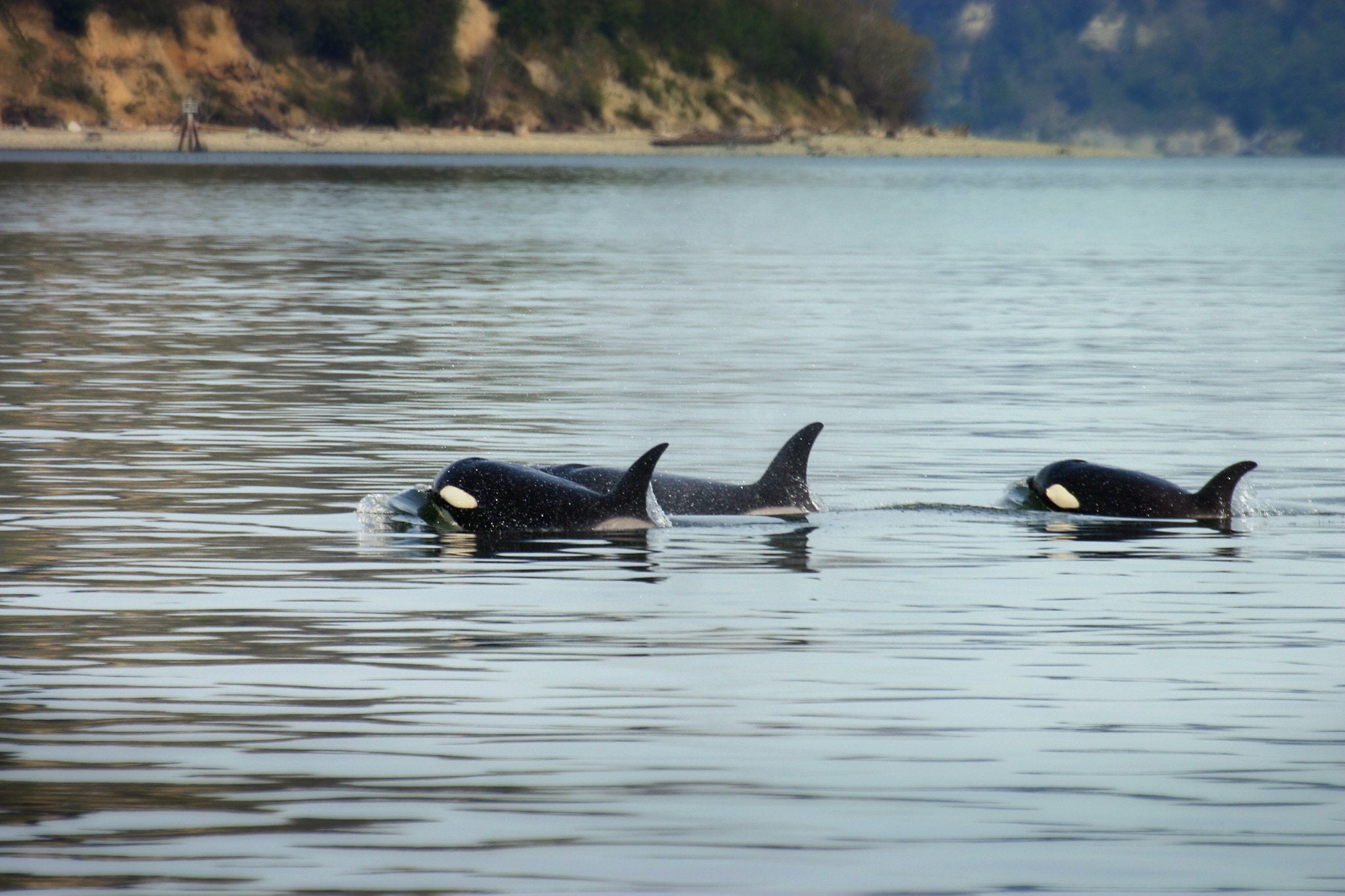
In the summer of 2018, the world watched helpless as a mother orca carried her dead calf on her head for 17 days in a parade of mourning. It brought international attention to the severe plight of the region’s native “blackfish.”
We now know that each year these whales leave Puget Sound in the winter and travel south along the coast feeding and — if all goes well — fattening themselves for survival and reproduction. But all is not going well.
Scientists say these orcas are “nutritionally stressed,” starving in plain language.
These same scientists have said that historically orcas would spend weeks each winter feeding on adult chinook salmon in the Pacific, especially off the mouth of the Columbia. They have concluded that one of the biggest factors affecting orca nutrition is the tremendous decline in chinook salmon coming out of the Columbia/Snake River basin. For millennia, the Snake River and its tributaries produced well over half these chinook.
To save the orca, we must rebuild healthy populations of Snake River salmon — and to do that, we have to restore the Lower Snake River by removing the four dams.
Close Section
What has not changed since 2000?
All our remaining Snake River salmon hover dangerously close to extinction.
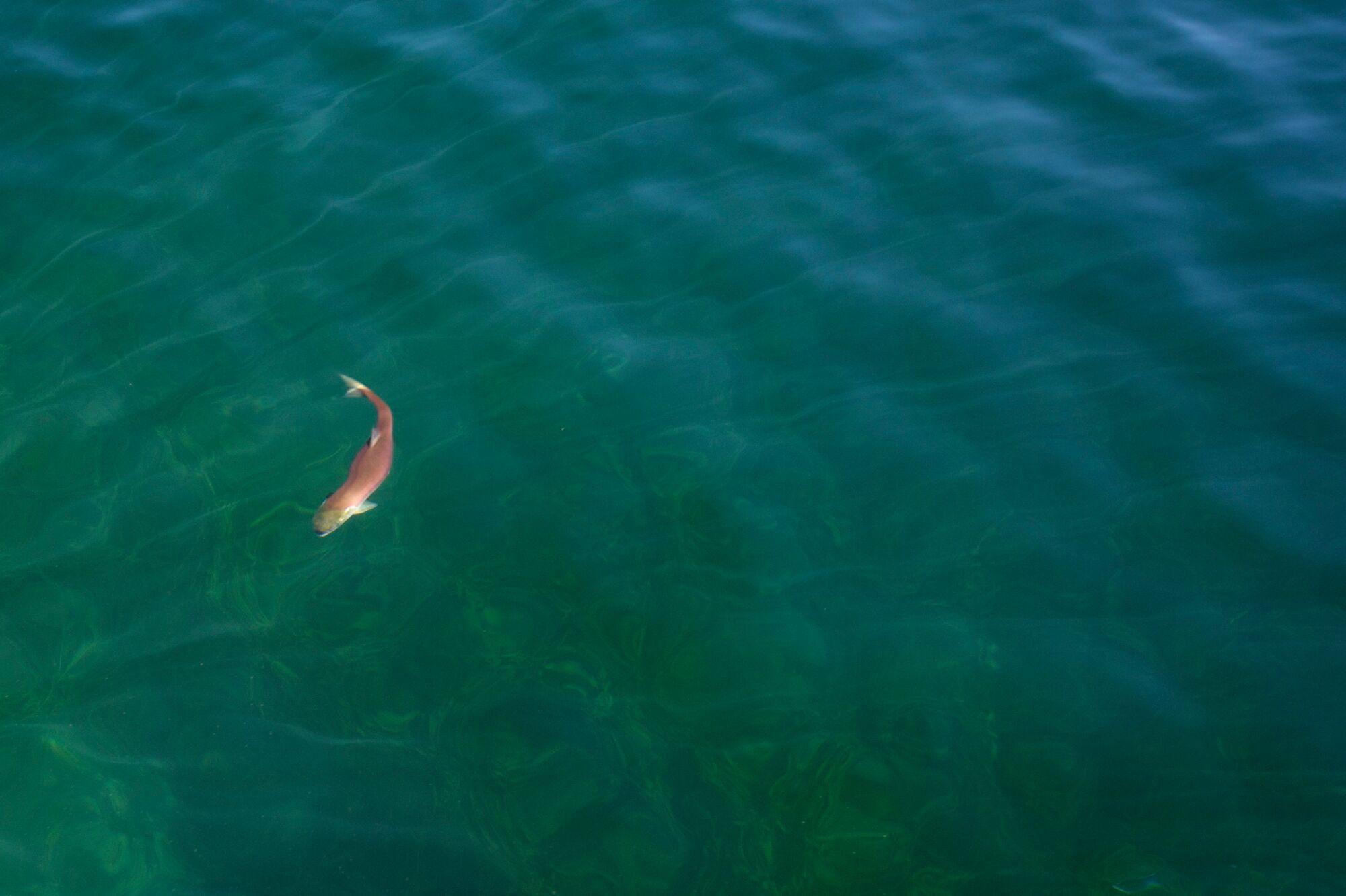
Despite spending billions of dollars on salmon restoration in the Snake and Columbia basin, including hundreds of millions of dollars to jerry-rig expensive contraptions to get baby salmon downstream past the dams, a 2007 joint analysis by federal, state and tribal scientists concluded that over 70% of human-caused mortality to these fish is associated with upstream or downstream passage through these dams and reservoirs.
For more than 20 years, the Northwest Power and Conservation Council has said we need sustained return rates of 2%–4% for salmon survival and 4%–6% to move towards recovery.
And for that same 20-plus year period, the return rates for wild Snake River spring Chinook salmon, once the largest and most productive Snake River species, has largely hovered between 0.5% and 1% — far below what we need to achieve for wild salmon to survive and thrive into the future.
During the past two decades, regional and national stakeholders and many others — Native American tribes, state and federal scientists, and business leaders — have been urging the agencies to remove the four Lower Snake River dams, the single biggest action we can take to restore the salmon.
Further, the removal of those dams would not only aid salmon, it would be a boon for the communities, the regional economy and Pacific Northwest culture.
Remarkably, the federal government agrees this is the best option for the salmon and has said so for decades. In its 2000 plan, the government said:
“… breaching the four Lower Snake River dams would provide more certainty of long-term survival and recovery than would other measures.”
And in its most recent draft plan, it said the same thing again, the alternative that removes these dams “showed the highest predicted smolt-to-adult returns (SARs) for Snake River salmon and steelhead among the alternatives” with modeled increases of up to 170%.
But the government did not take this step in 2000, and it has declined to do so again now.
Don’t let anyone tell you they’ve seen this movie before and know how it ends. It’s our story to write. It’s time for the four dams on the Lower Snake River to go and for our salmon to come home — to a free-flowing and healthy Snake River.
The way forward is together, through finding solutions that work for communities across the region, and from strong leadership from our elected officials in Washington, Oregon, and Idaho.
Save wild salmon. You can help.
Established in 1987, Earthjustice's Northwest Regional Office has been at the forefront of many of the most significant legal decisions safeguarding the Pacific Northwest’s imperiled species, ancient forests, and waterways.